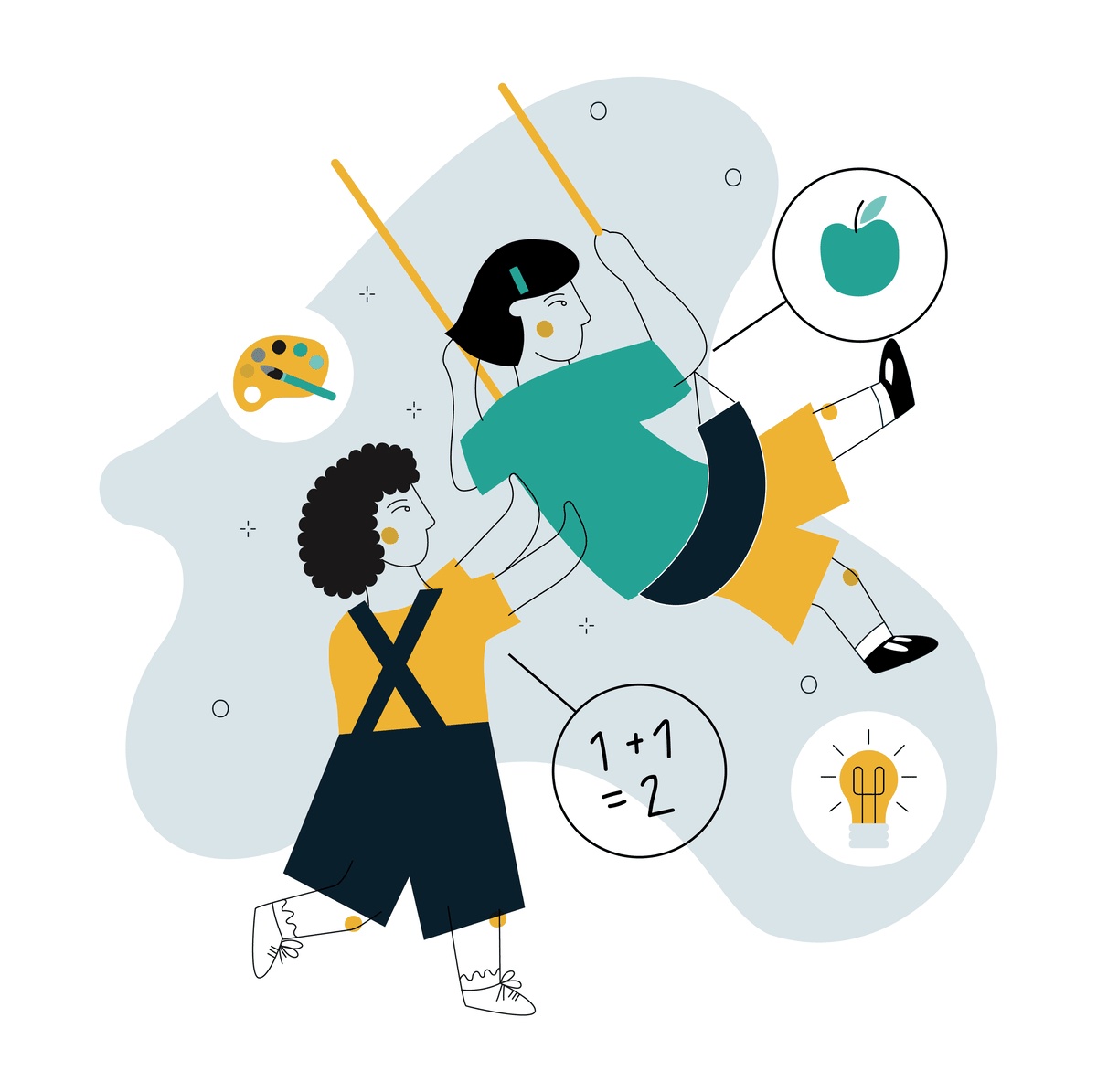Collaboration is one of the buzzwords of this century, and collaborative learning is one of the popular hallmarks of what is often called “21st Century Learning.” But learning activities that take place in groups are not necessarily collaborative; and pupils doing activities together are not necessarily learning.
Collaborative learning is something more than simply placing pupils into groups to do some tasks.
What’s in a name?
There seems to be no common agreement in the research literature on a single definition of collaborative learning.
In a literary review of definitions of collaborative learning, Marjan Laal & Mozhgan conclude that collaborative learning involves all the elements of: “Positive interdependence, Considerable interaction, Individual accountability, Social skills and Group processing.”
It involves groups of two or more working towards a common goal. It involves attitudes of mutual respect for group members, mutual accountability for the group’s performance, and the participants’ use of consensus and co-operation rather than competition between group members…
…to see more visit SLEUTH™ Field 6, Section 5.
Visit SLEUTH™ to read more on how High Impact Teacher Practices – Collaborative Learning skills can help grow your pedagogy and your learners outcomes….

SLEUTH™ ‘Quick Solutions’
Authentic collaboration – For learning in “chunks”
Break down large blocks of information into “small chunks” – where the definition of “small” adjusts with the age, prior knowledge, and abilities of the class – for groups to process together.
Authentic collaboration – For culturally-responsive learning
As with many indigenous peoples, Māori and Pacific cultures tend to function and learn well in collaborative contexts. The practice of whānau fosters a true sense of belonging: it is ‘we’ rather than ‘me.’ By focussing on collaborative products and achievement, group work is likely to optimise the sense of a group identity for many Māori and Pacific ākonga.
Selecting group membership strategically – Group strategically by different
Collaborative learning allows learners to witness the way others process information; and it allows them to receive feedback from others about their processing of information. It creates awareness unlikely to be gained in other learning contexts, so design the composition of groups strategically so that those who are behind in a particular area can see how their advanced peers are learning.
Selecting group membership strategically – Mixed-ability grouping
Use mixed ability groups almost every time you group learners for collaborative learning because research consistently arrives at the conclusion that learners of different abilities can benefit enormously when working together through learning activities – all learners, both those who are more able, and those less able.
Set the ground rules for behaviour
When preparing to set behaviour expectations, consider the benefits of co-constructing them.
Possible elements:
- Movement in and out of the group and around the class.
- What to do when stuck and how to attract the teacher’s attention if in need.
- Group leadership and other roles in the group.
- The relationships between groups in the class.
- The expectation that everyone will contribute ideas, questions, and answers.
- Guidance on what to do if a group member does not follow the agreed protocols.
These are 5 of 70 Quick Find Solutions around Collaborative Learning available on SLEUTH™

